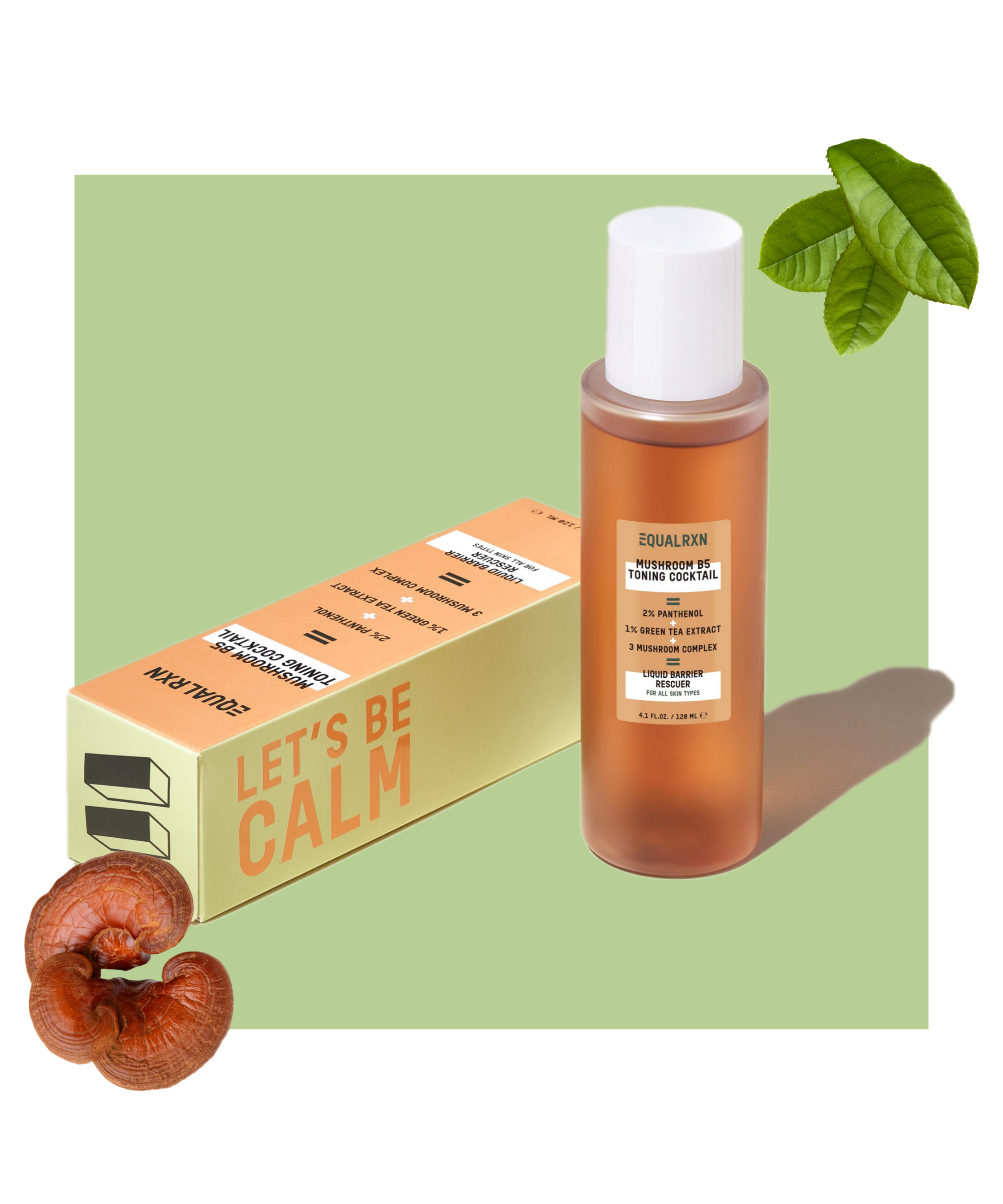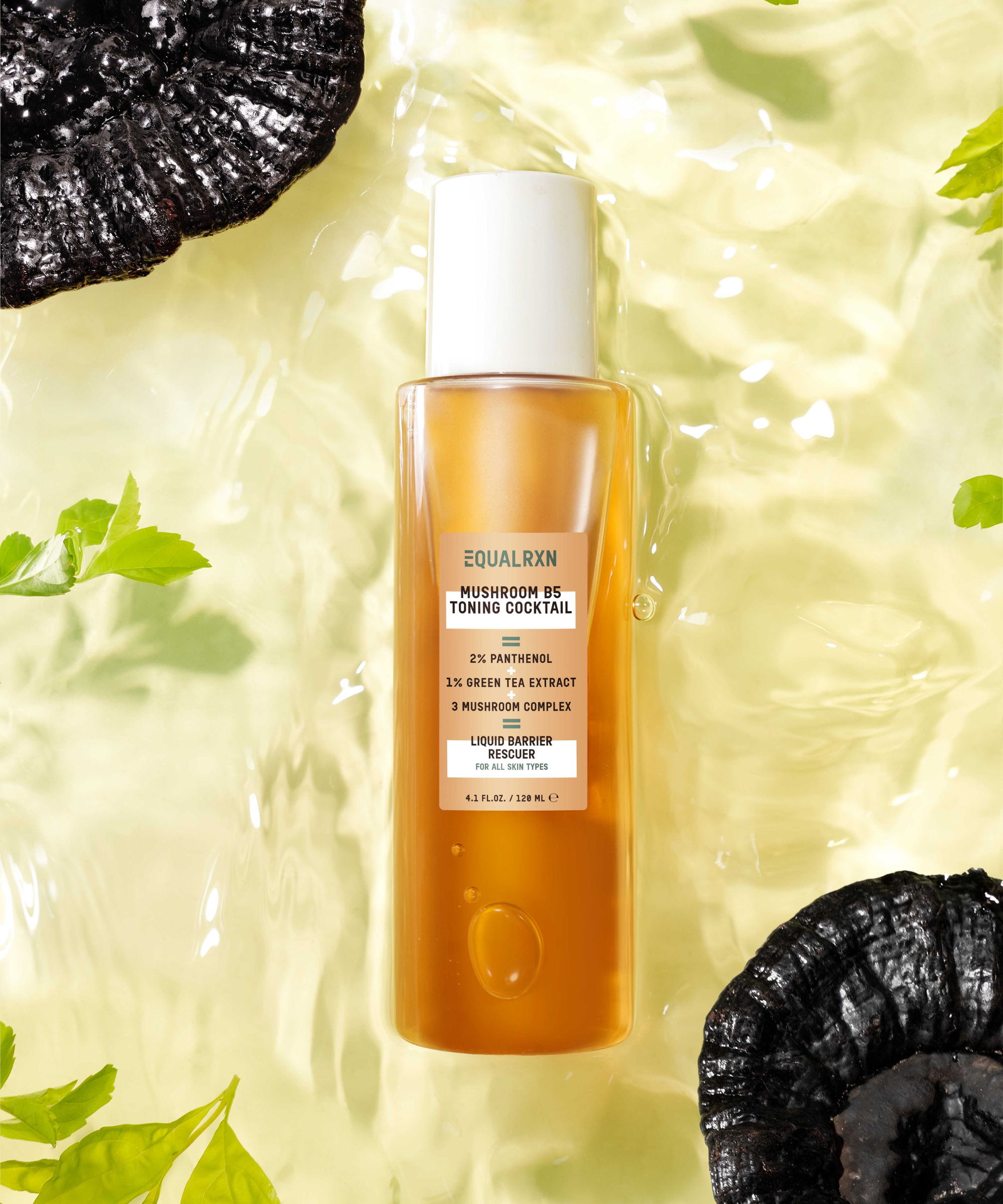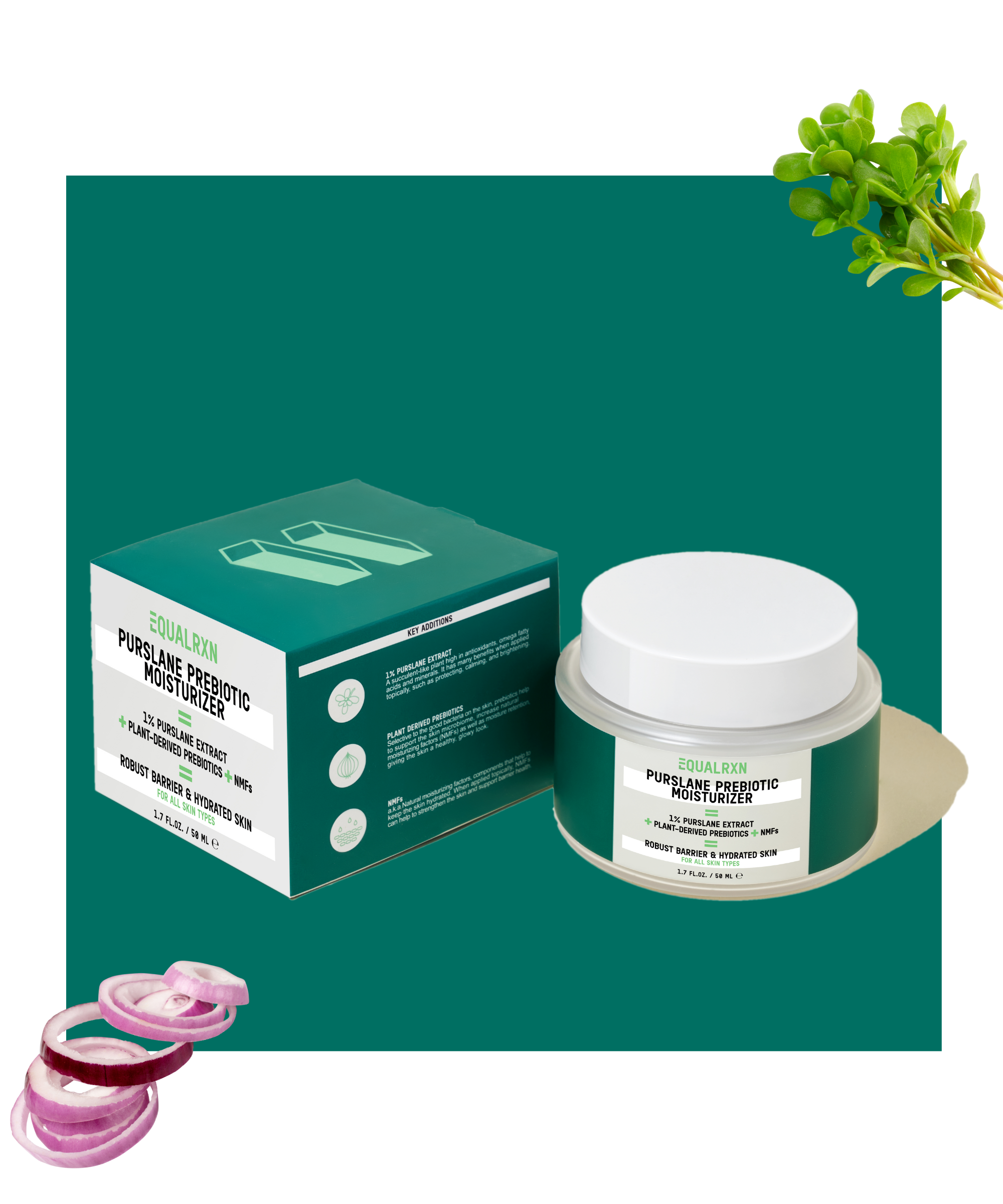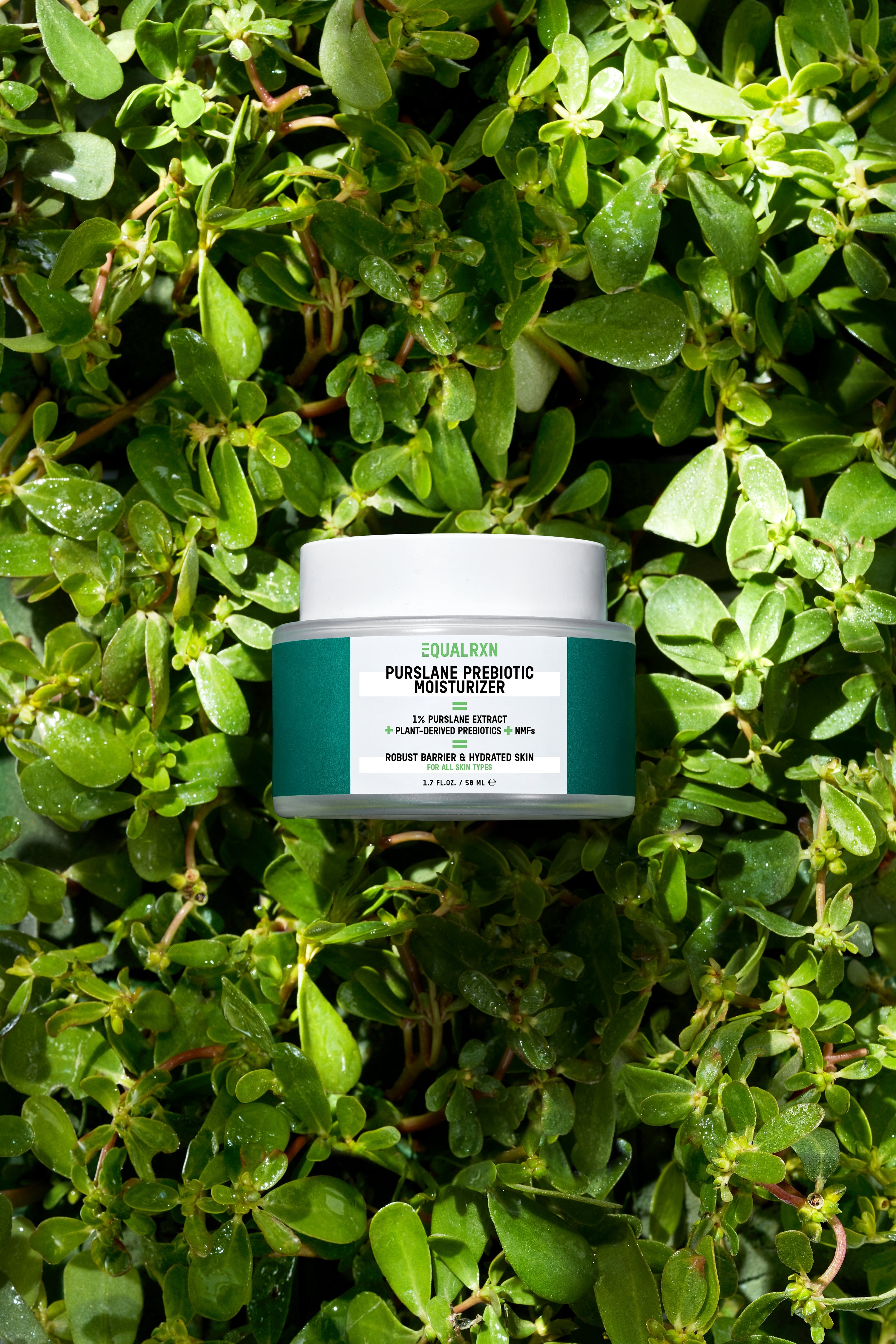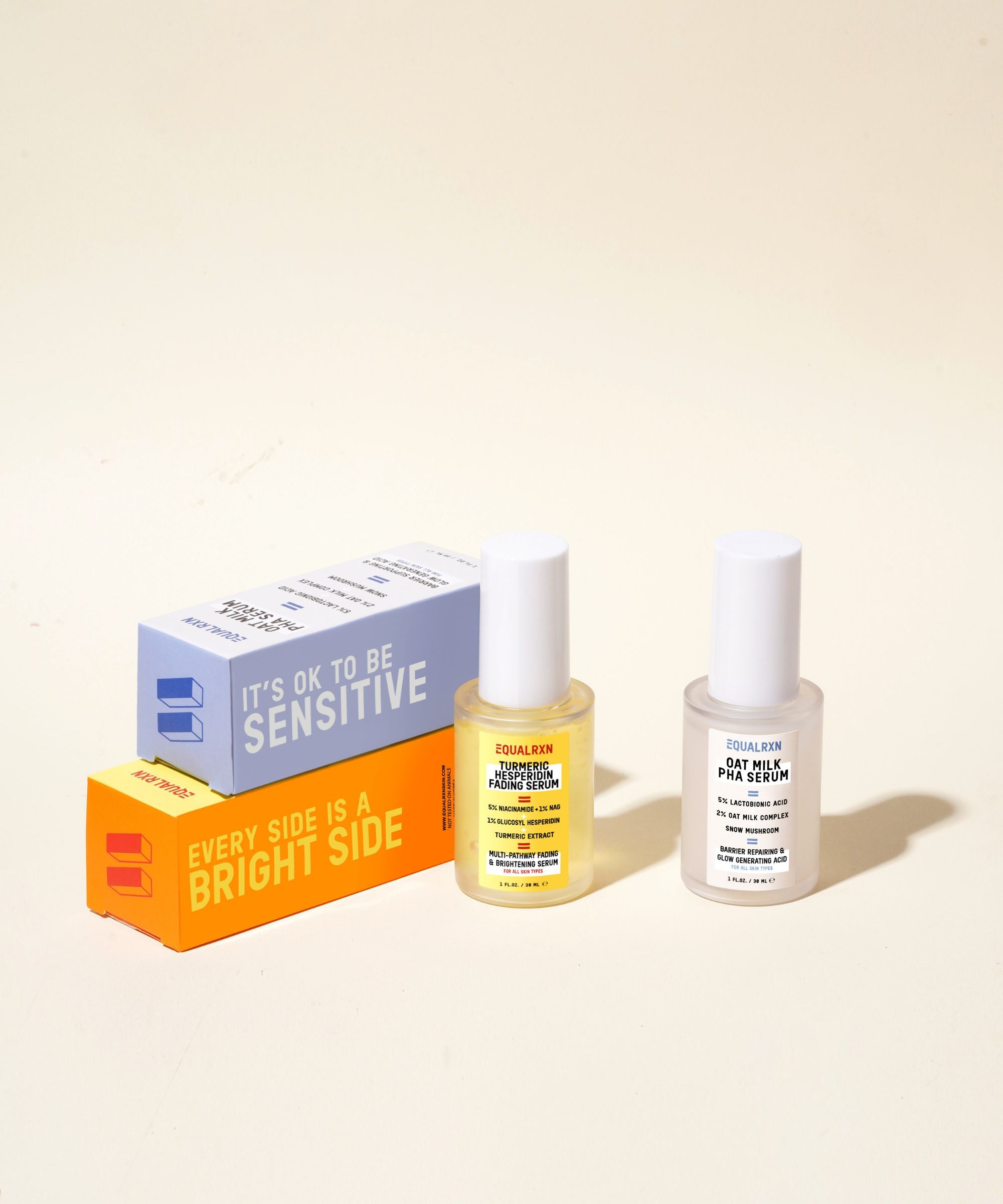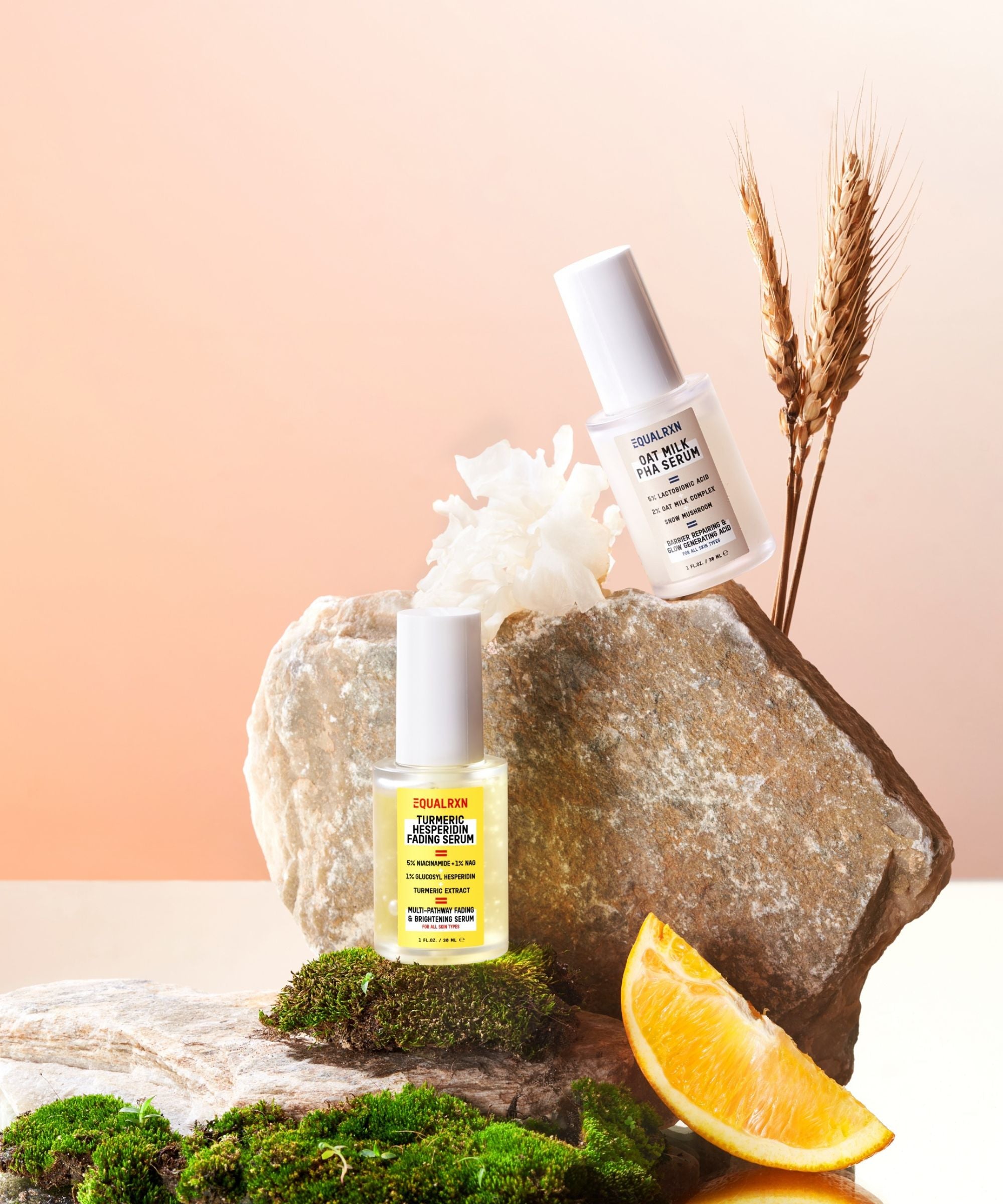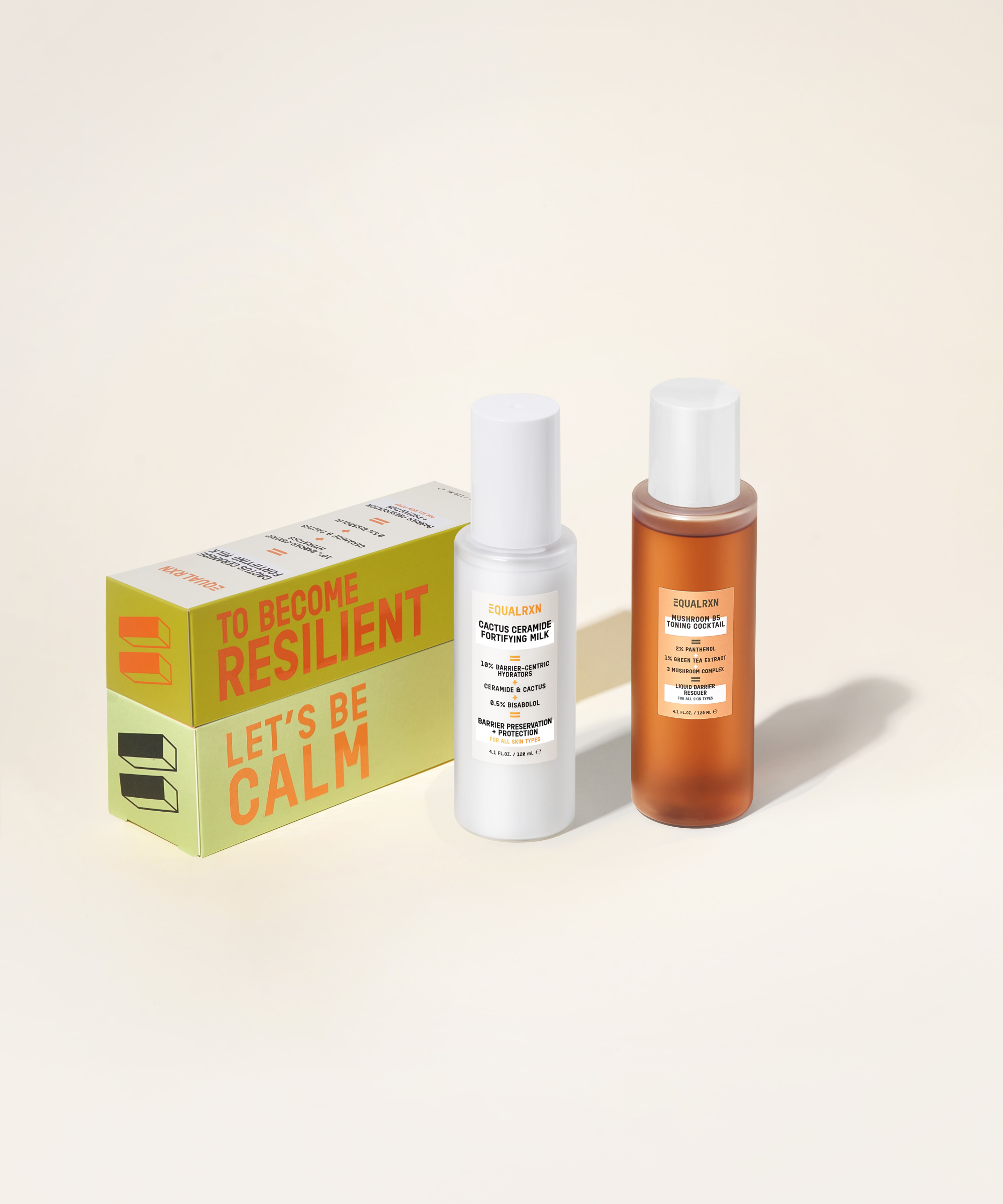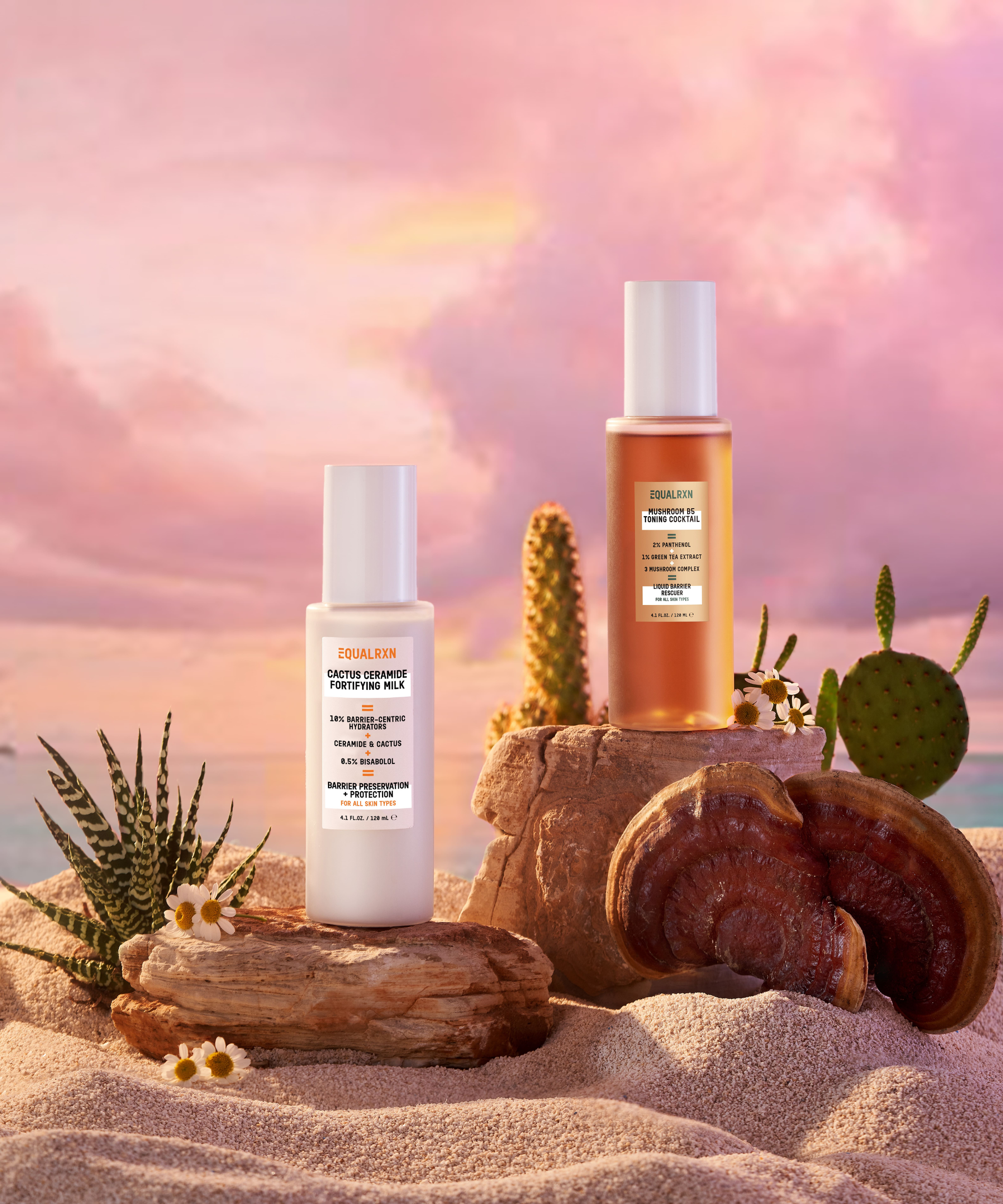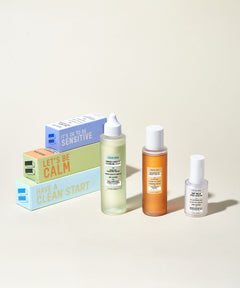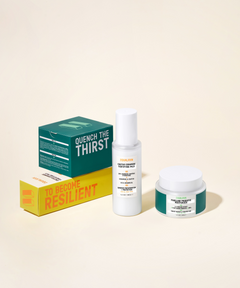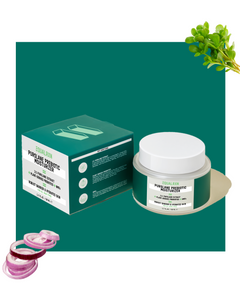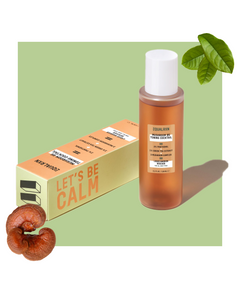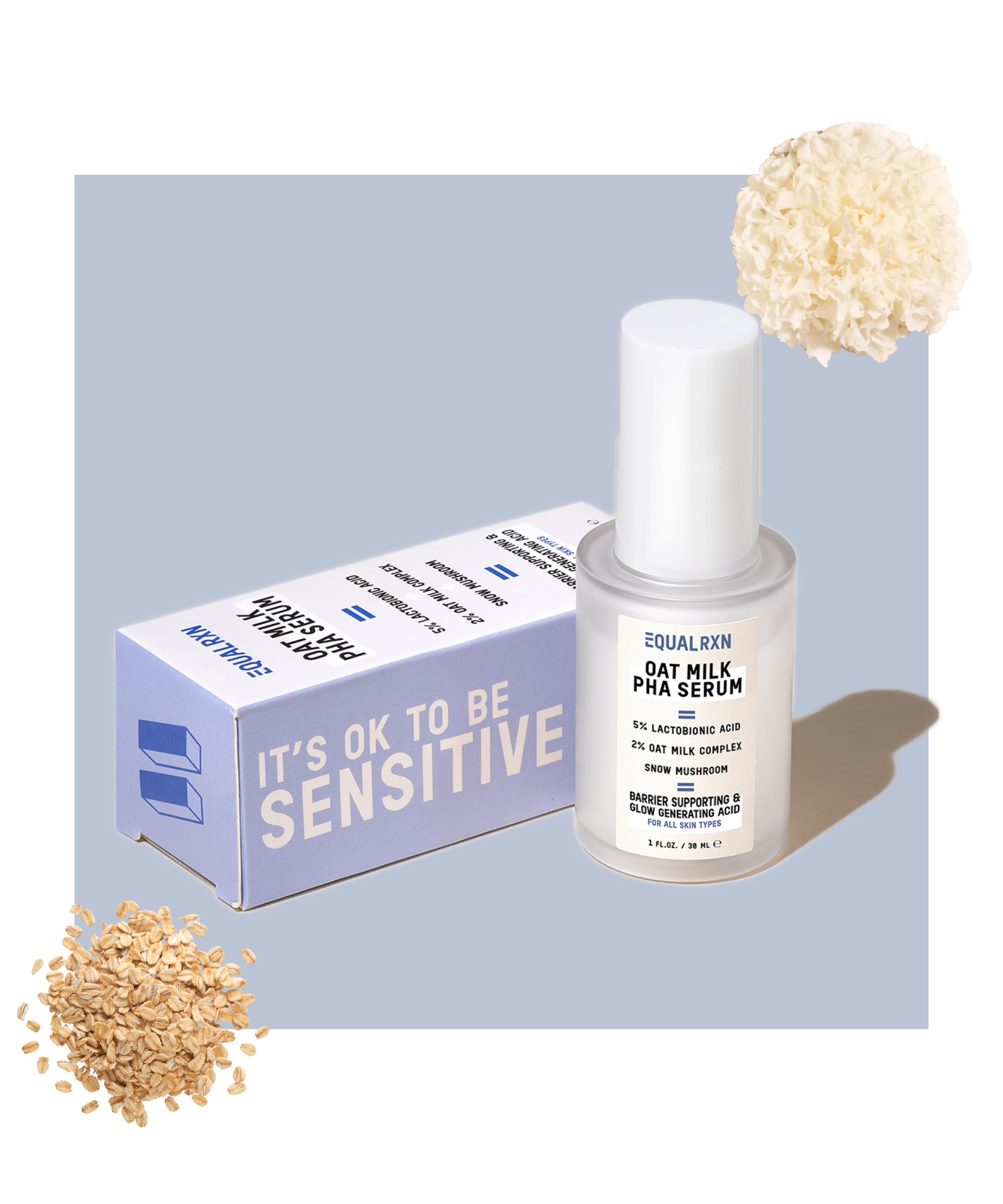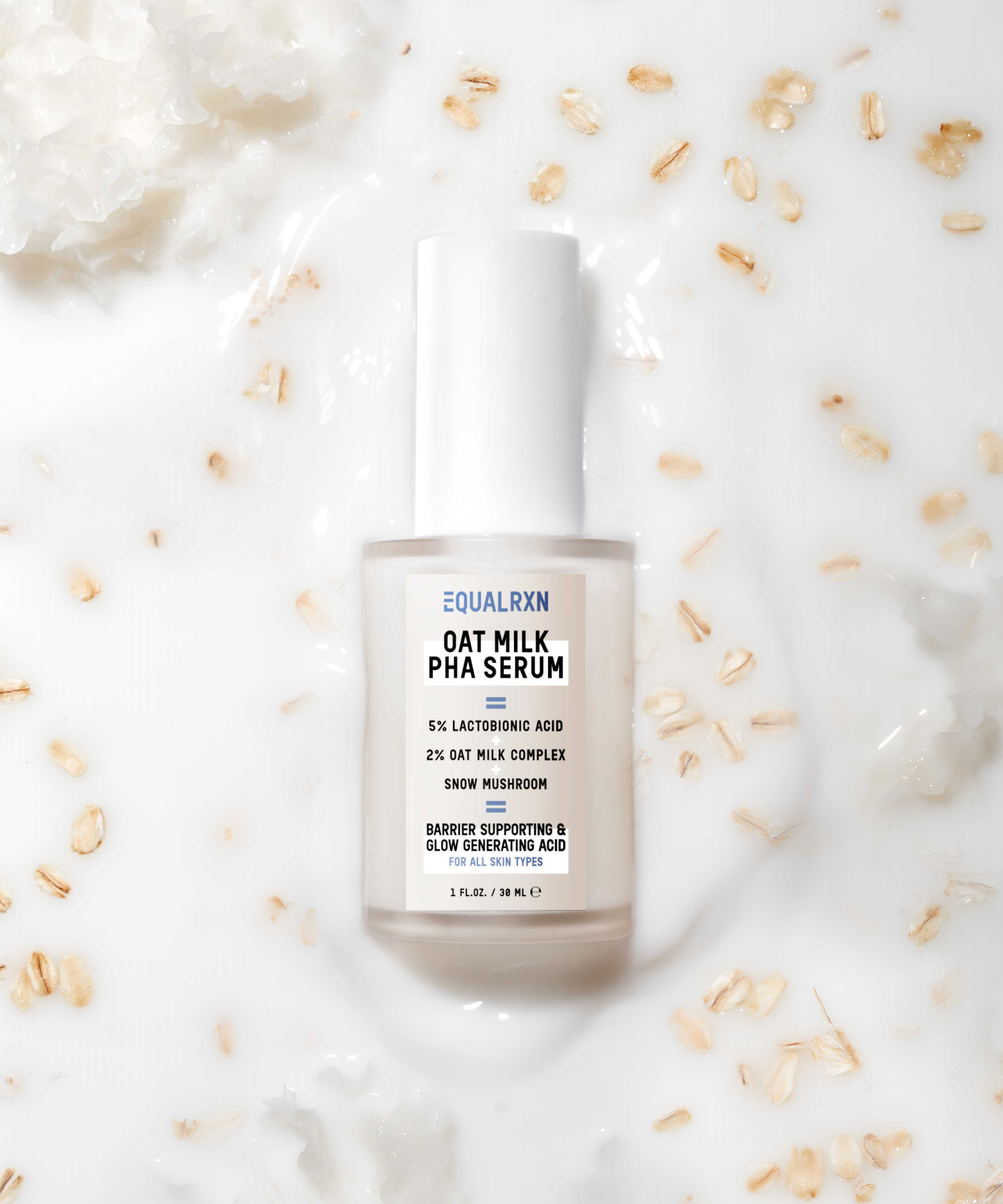What is lactobionic acid?
Lactobionic acid is a type of PHA, it is less irritating compared to traditional AHAs due to its larger molecular size more hydroxyl groups. Lactobionic acid also provides excellent antioxidant effects and found to be preventing photo-aging, making them a well-rounded great ingredient for the skin, and for all skin needs.
How does this ingredient work in skincare?
lactobionic acid works by gently exfoliating the top layer of dead skin cells. This helps to promote cell turnover, revealing smoother, brighter skin underneath. It also has antioxidant properties, which means it helps to protect the skin from damage caused by free radicals.
How does this ingredient compare to others?
With an additional sugar molecule attached, lactobionic acid is more hydrating and even more gentle than another common form of PHA - gluconolactone, making lactobionic acid the more premium one of the two common PHAs.
Comparing to AHAs, lactobionic acid has a larger molecular size and weight, therefore, its’ potential for increased hydration is attributed to humectant properties of the multiple hydroxyl groups (-OH), which can attract and hydrogen bond water.
Potential benefits of this ingredient for the skin
The skin benefits of lactobionic acid are numerous. They include the standard effects of acids, but some are unique to lactobionic acid's gentle nature.
- Improves skin barrier function
- Gentle yet effective at exfoliating
- Water-binding and hydrates the skin
- Anti-aging by preventing collagen and elastin breakdown
- Serves as a prebiotic
- Anti-oxidative
- Helps with ingredients penetration; amplifies the effect of retinoids and other ingredients
Products we use this ingredient in
Oat Milk PHA Serum
References
- Grimes, Pearl E et al. “The use of polyhydroxy acids (PHAs) in photoaged skin.” Cutis vol. 73,2 Suppl (2004): 3-13.
- Algiert-Zielińska, Barbara et al. “Lactic and lactobionic acids as typically moisturizing compounds.” International journal of dermatology vol. 58,3 (2019): 374-379. doi:10.1111/ijd.14202
- Tasić-Kostov, Marija et al. “A 10% Lactobionic acid-containing moisturizer reduces skin surface pH without irritation-An in vivo/in vitro study.” Journal of cosmetic dermatology vol. 18,6 (2019): 1705-1710. doi:10.1111/jocd.12908

